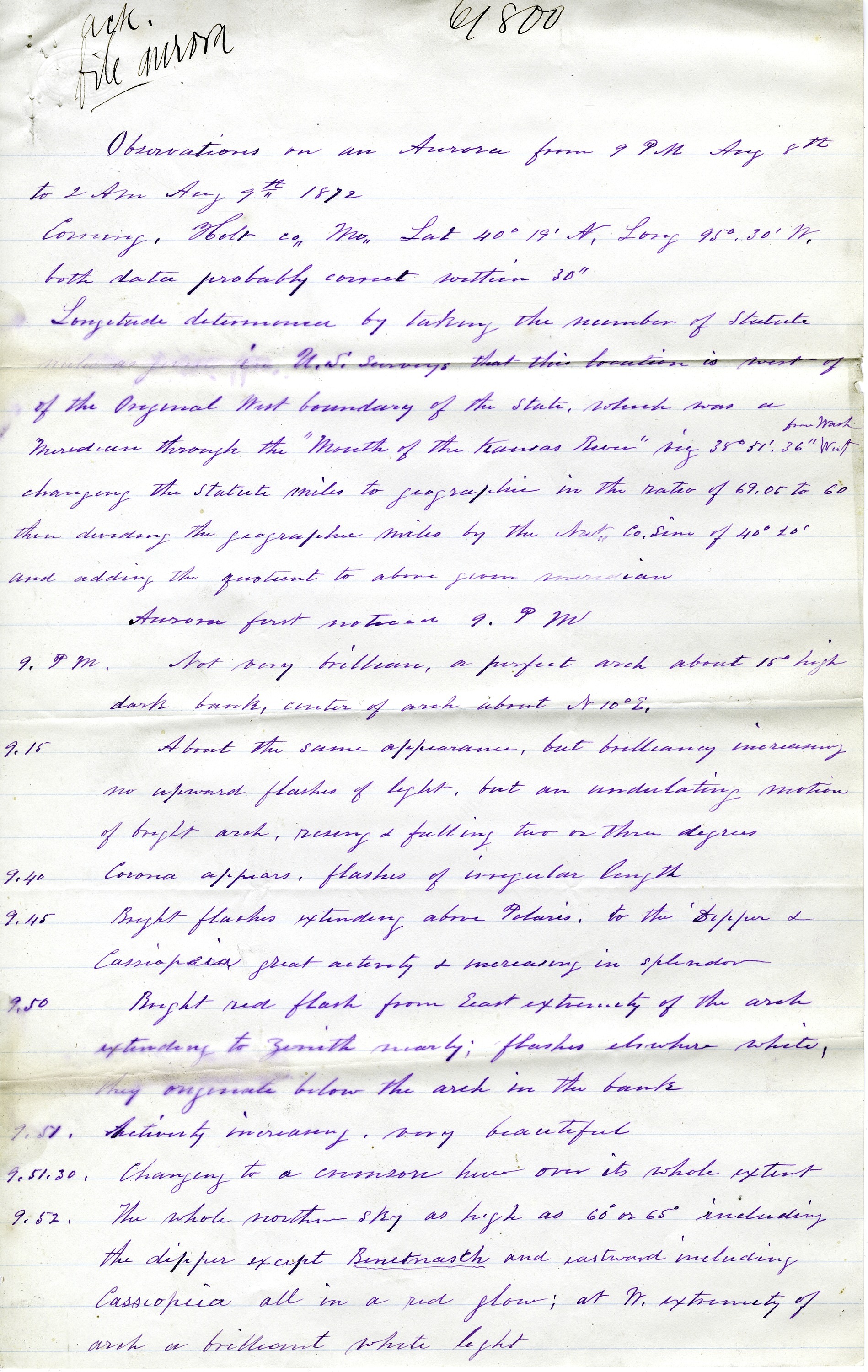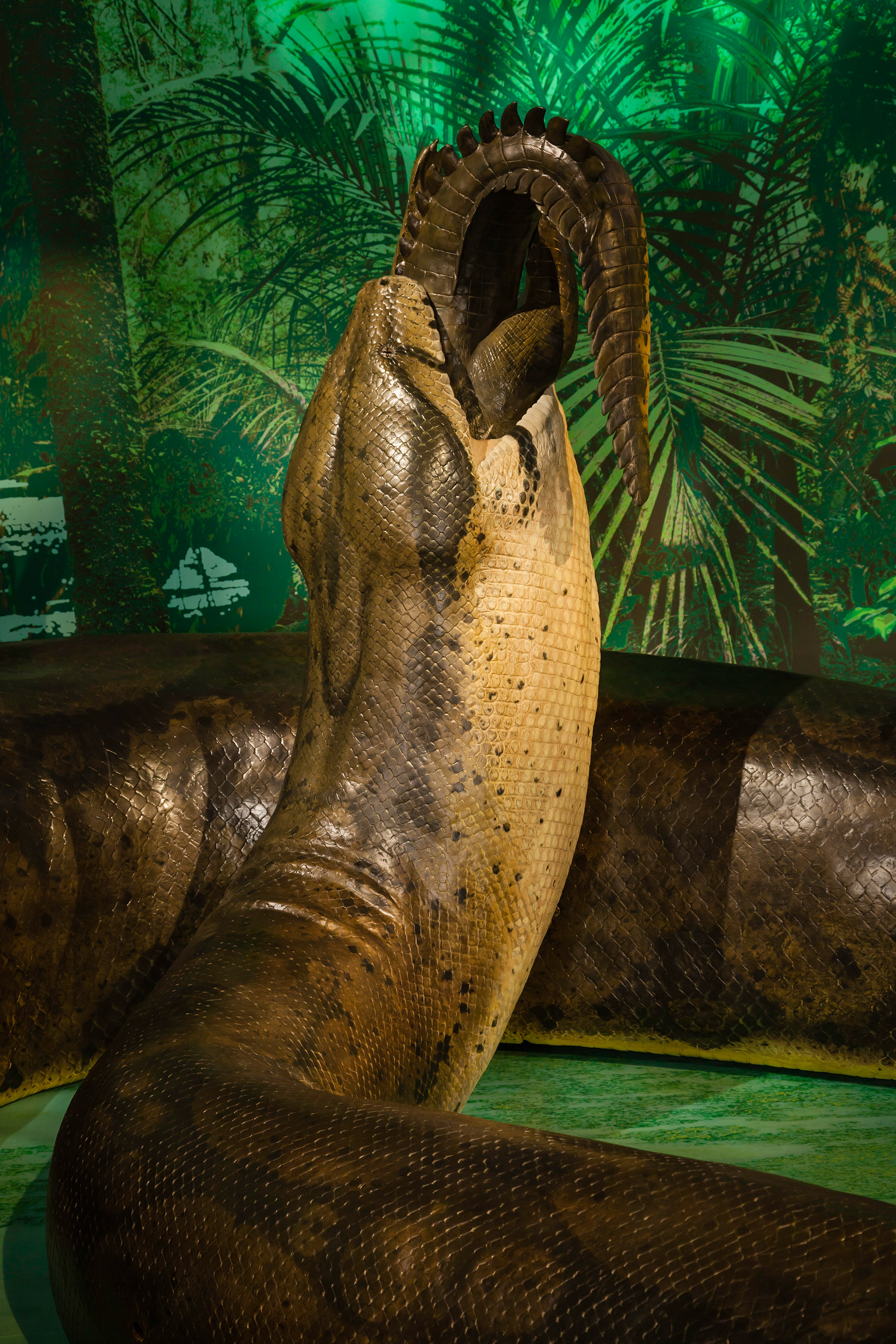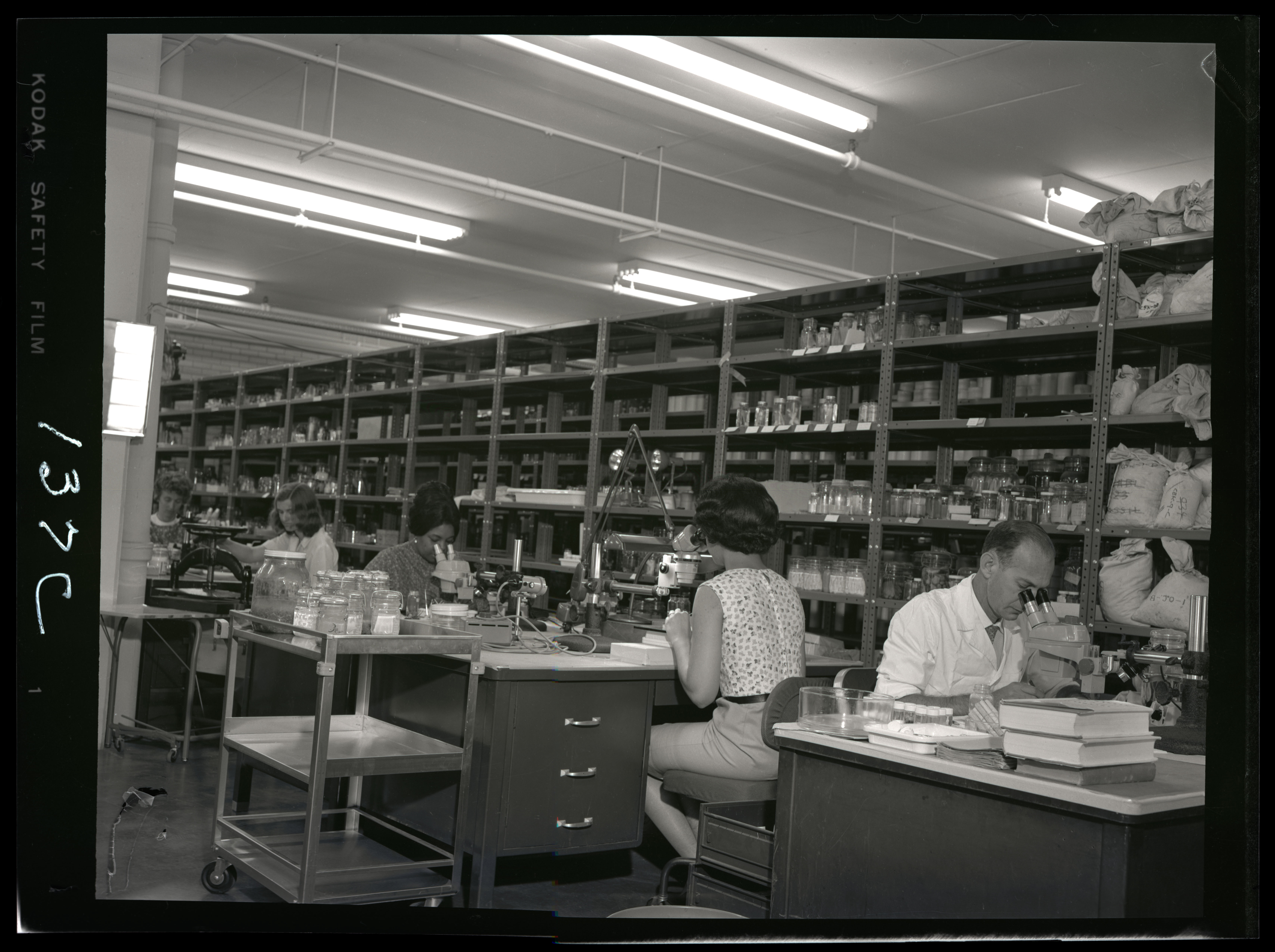Results for "National Museum of Natural History (U.S.). Automatic Data Processing Office"
Dr. Donald Fleming Squires (1927-2017)
- Date: February 13, 2018
- Description: [edan-image:id=siris_sic_14492,size=500,center]Dr. Squires was a pioneer in the application of computer technology in science museums and the founding father of data processing at the Smithsonian’s National Museum of Natural History (NMNH). He died on his 90th birthday, December 19, 2017 in Tasmania, Australia, after a short illness. Squires received an B.A. from Cornell

The Increase and Diffusion of Data
- Date: October 19, 2021
- Description: Research has been at the core of Smithsonian’s mission from the beginning, and sharing that research—through activities like publishing papers and data—is still key to fulfilling that mission for the “increase and diffusion of knowledge.”

The History of Email at the Smithsonian
- Date: July 21, 2015
- Description: Many of us read, write and send emails every day, but when did it all start at the Smithsonian? In 1980 Smithsonian staff had typewriters and telephones on their desk, with one or two FAX machines per office. The Smithsonian operated a single general purpose computer, the Honeywell mainframe, for all Smithsonian data processing applications and which did not include an email

Records Shed Light on How Exhibitions Come to Life
- Date: May 28, 2013
- Creator: Lynda Schmitz Fuhrig
- Description: Planning a museum or gallery exhibition takes a lot of work as seen through exhibition records that contain images, layouts, object labels, memos, and other important materials.

Link Love: 9/12/2014
- Date: September 12, 2014
- Creator: Mitch Toda
- Description: Link Love: a weekly blog feature with links to interesting videos and stories regarding archival issues, the Smithsonian, and history.

Smithsonian Oceanographic Sorting Center (SOSC)
- Date: February 10, 2022
- Creator: Marguerite Roby
- Description: Learn more about the Smithsonian Oceanographic Sorting Center and the impact this unit had in the study of marine science worldwide.

Three Cheers for Embedded Metadata
- Date: February 28, 2012
- Creator: Lynda Schmitz Fuhrig
- Description: Metadata is a helpful tool. When you have embedded metadata, all the better when trying to figure out what something might be.

Architect Victor Lundy at the Smithsonian
- Date: February 1, 2013
- Description: As the architect Victor Lundy turns 90, we look back at the redwood shade structures he designed in the mid-1960s for the terrace of the new Museum of History and Technology (today the National Museum of American History).
- Blog Post
“A Wildlife Paradise”: International Collaboration on the DMZ Ecology in the 1960s
- Date: November 12, 2019
- Description: The DMZ ecology project reveals the Smithsonian’s commitment to ecological research programs as well as the complexity and contingency of an international collaboration.

Deconstructing a “Man’s World” One Woman at a Time
- Date: August 2, 2018
- Description: Ellen Roney Hughes’ supposition in 1999 was “Well, I think it’s still a man’s world at the Smithsonian.” This may hold some validity due to recent discoveries at the Smithsonian.

How I Spent My Summer: Interning as a Virtual Web Archivist
- Date: August 4, 2022
- Description: Virtually join along with me on my web and social media archiving adventure using web archiving services, such as Archive-It.

How Much is in That Terabyte?
- Date: December 6, 2018
- Creator: Lynda Schmitz Fuhrig
- Description: 2018 was a busy year for born-digital collections at the Archives
